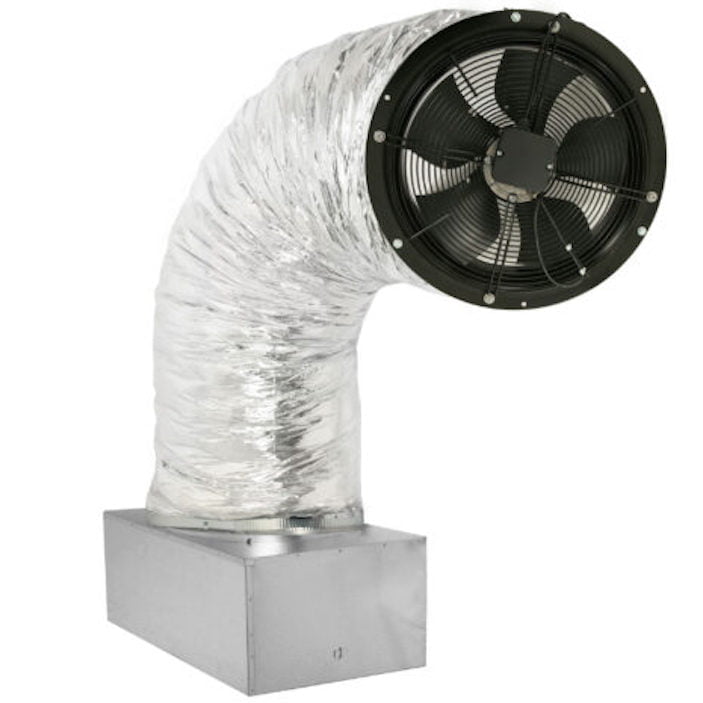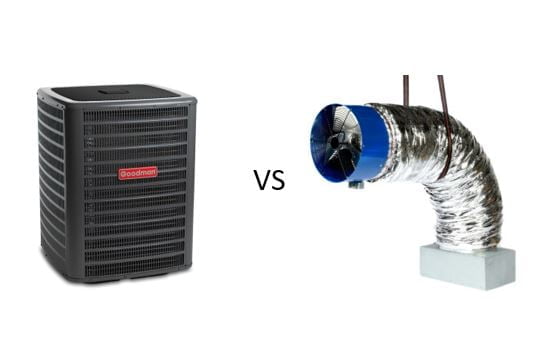What is better an attic fan or a whole house fan?

The choice between an attic fan and a whole house fan depends on your specific needs. Understanding the whole house fan vs. attic fan dynamic is crucial for making an informed decision. Here’s a brief comparison of the two:
Attic Fan:
Purpose: Attic fans are designed to cool the attic space of a home. They help remove hot air and moisture that can accumulate in the attic, which can lead to higher temperatures in the living spaces below.
Installation: They are typically installed on the roof or gable vents or sometimes in the attic floor. They are focused on exhausting hot air from the attic to the outside.
Energy Efficiency: Attic fans can help reduce the load on your air conditioning system by preventing the attic from becoming excessively hot. This can potentially lower your energy bills.
Usefulness: They are especially beneficial in warmer climates where the attic can become very hot, potentially affecting the temperature in the living areas of the house.
Limited Impact: They do not directly affect the indoor air quality or temperature in the living spaces.
Whole House Fan:
Purpose: Whole house fans are designed to cool the entire house by pulling in cool outdoor air through open windows and exhausting warm indoor air through the attic and roof vents.
Installation: They are usually installed in the ceiling of a central hallway or an upstairs location. They work by creating a powerful airflow through the entire house.
Energy Efficiency: Whole house fans can be highly energy-efficient, especially in regions with cool evenings and nights. They can often replace the need for air conditioning during moderate weather.
Usefulness: They work best in areas where the evenings, nights and early mornings are cooler than the daytime, allowing you to cool the house efficiently without relying on air conditioning.
Impact on Indoor Air Quality: They can help improve indoor air quality by ventilating stale air and replacing it with fresh outdoor air.
Which is Better?
In the debate of whole house fan vs. attic fan, if you live in a region with hot summers and your primary concern is reducing attic temperatures, an attic fan would be more appropriate
If you live in an area with cool evenings and nights and want a more comprehensive cooling solution for your entire home, a whole house fan would likely be more beneficial.
It’s also important to note that proper insulation and ventilation in the attic are crucial for the effectiveness of both systems. Consulting with a professional or an energy auditor can help determine the best solution for your specific situation.









